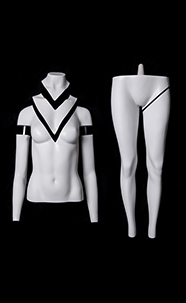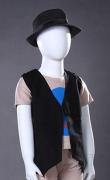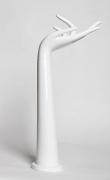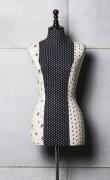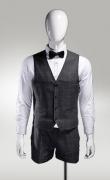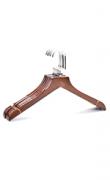In today's market environment, brick-and-mortar apparel stores are experiencing unprecedented challenges, with business becoming increasingly difficult. The main reasons for this can be attributed to the following three pain points:
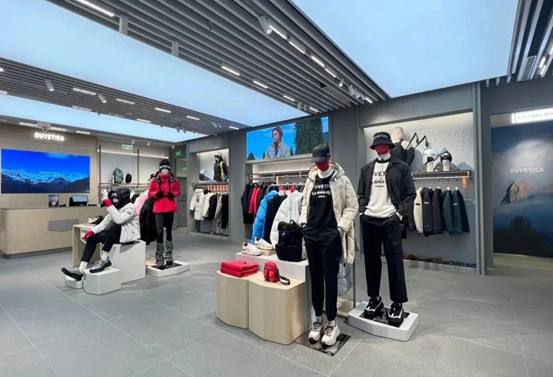
1. Intense Competition and the Emergence of New Brands
In recent years, the apparel industry has entered a period of rapid transformation, with a constant stream of new brands intensifying market competition. These emerging brands not only bring more diverse product choices but also highlight two potential problems:
First, severe product homogenization. The market is flooded with apparel brands offering the same styles and prices, leading to decreased consumer loyalty and making it difficult for brick-and-mortar stores to attract and retain customers through differentiation.
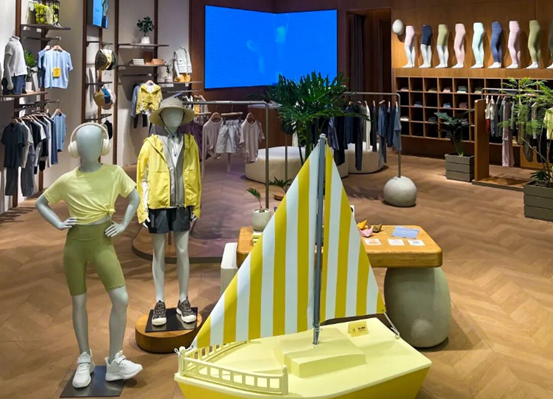
Second, with economic development and changing consumption concepts, apparel has gradually shifted from a basic necessity to a selective consumer good. People's motivations for purchasing clothing are more diverse, and their willingness to try new brands and styles is increasing, further diverting customers from traditional brick-and-mortar stores.
2. Continued Impact of E-commerce, Diverting Consumer Market
Although the new retail era emphasizes online-offline integration, the impact of e-commerce on brick-and-mortar stores persists and continues to deepen. Emerging e-commerce models such as Taobao Live, Douyin (TikTok) e-commerce, and Xiaohongshu (Little Red Book) product recommendations have rapidly attracted a large number of consumers with their intuitive and highly interactive content, significantly changing people's shopping habits.
This impact is particularly pronounced for brick-and-mortar stores that haven't yet established online channels or have weak online operational capabilities. Consumers are increasingly accustomed to comparing prices online and experiencing products offline. If brick-and-mortar stores cannot effectively integrate online and offline resources, they will face the dual pressures of customer loss and declining sales.
3. Economic Downturn and Declining Consumption Levels Affected by the macroeconomic environment, consumer purchasing power has weakened. Clothing, as a non-essential consumer good, is often the first item to be cut from spending. People are paying more attention to cost-effectiveness, their consumption behavior is becoming more rational, and they are more price-sensitive.
In this context, brick-and-mortar stores, due to higher fixed costs such as rent and labor, find it difficult to compete with online platforms on price, further leading to reduced customer traffic and increased inventory pressure.
In conclusion, faced with fierce competition from peers, the continued diversion of customers by e-commerce, and the overall sluggishness of the consumer market, physical clothing stores urgently need to explore a path of transformation. Only by enhancing product uniqueness, optimizing the consumer experience, and accelerating digital integration can they seek breakthroughs in adversity and regain market competitiveness.



